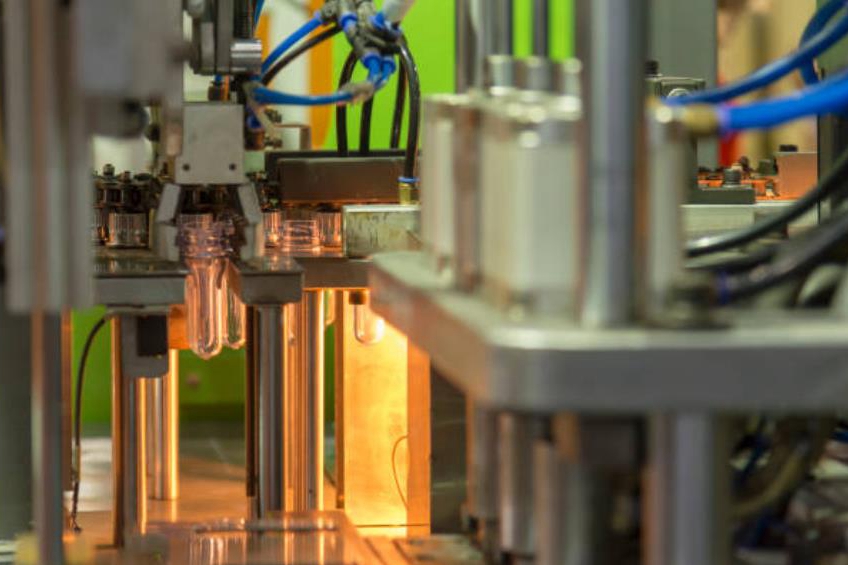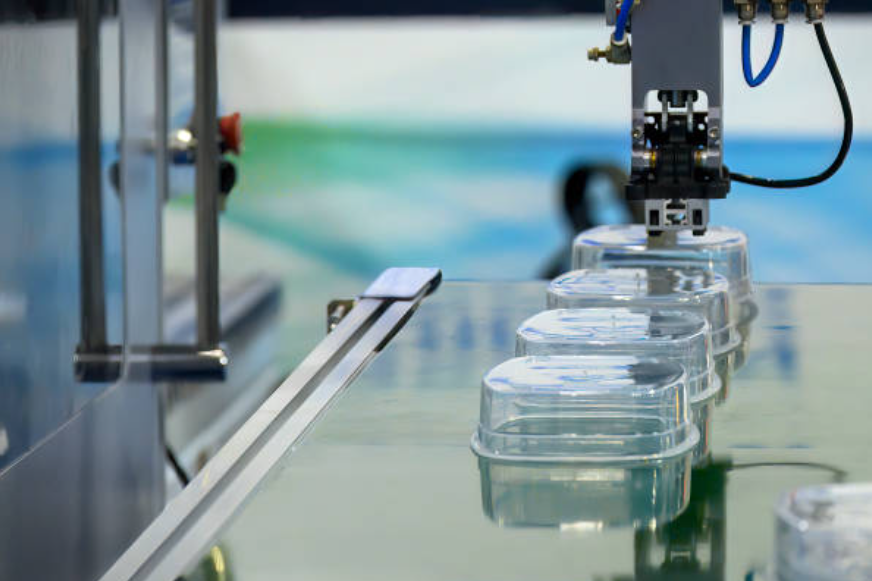Medical-grade silicone rubber
Material Introduction
Medical-grade silicone rubber is a high-purity, biocompatible elastomer engineered specifically for components used in medical devices, patient-contact tools, diagnostic equipment, and fluid-handling systems. Its molecular structure provides exceptional flexibility, long-term stability, and excellent resistance to temperature extremes, allowing parts to remain functional in sterilization processes such as autoclaving, gamma irradiation, and EtO treatment. During product development, I frequently choose silicone rubber for molding projects that require smooth surfaces, tight tolerance repeatability, and fatigue-free elasticity. With modern processing capabilities such as plastic injection molding and injection molding, the material delivers superior performance in seals, valves, diaphragms, wearable components, and integrated over-molded assemblies, especially in regulated medical applications requiring durability, non-reactivity, and patient safety.
![]()
International Naming Conventions
Region | Common Name |
|---|---|
United States | Medical-grade silicone rubber |
Europe | Medical silicone elastomer |
China | 医用级硅橡胶 |
Japan | 医療用シリコーンゴム |
Korea | 의료등급 실리콘 고무 |
India | Medical silicone material |
Middle East | سيليكون طبي عالي الجودة |
Alternative Materials
Depending on specific performance requirements, several materials can serve as alternatives. Thermoplastics offer improved stiffness for housings and structural components, making them suitable when the softness of silicone is not required. For applications requiring higher chemical resistance or dimensional rigidity, PPS and PEEK are excellent choices. When a blend of flexibility and structural strength is needed, TPU is a common substitute. In applications requiring metal-like mechanical stability, medical designers may consider stainless steel for miniature surgical components, or aluminum prototyping for rapid functional tests. However, for skin-contact parts, soft-touch components, and dynamic seals, medical-grade silicone rubber remains unmatched due to its biocompatibility and elastic memory.
Design Intent
This material was developed to address the need for soft, inert, hypoallergenic components that can withstand repeated sterilization cycles without degrading. Its design intent centers around long-term biocompatibility, flexibility under cyclic loads, and stable mechanical properties across a wide temperature range.
Chemical Composition
Component | Typical Percentage |
|---|---|
Polysiloxane Base Polymer | 50–70% |
Silica Fillers | 20–40% |
Curing Agents (Platinum/Peroxide) | 1–5% |
Additives (Pigments, Stabilizers) | <3% |
Physical Properties
Property | Value |
|---|---|
Density | 1.10–1.20 g/cm³ |
Hardness | 10–80 Shore A |
Thermal Stability | −55°C to 200°C |
Water Absorption | <0.5% |
Mechanical Properties
Property | Value |
|---|---|
Tensile Strength | 7–11 MPa |
Elongation at Break | 300–700% |
Tear Strength | 15–35 kN/m |
Compression Set | 10–30% (22 hrs @ 175°C) |
Material Characteristics
Medical-grade silicone rubber is prized for its elasticity, thermal resilience, and near-zero toxicity, making it a core material in the medical and healthcare industries. Its chemical inertness ensures that it does not react with bodily fluids, disinfectants, or pharmaceuticals. As a hydrophobic elastomer, silicone provides excellent sealing reliability, which is why I often recommend it for valves, diaphragms, syringe components, and pump seals. The material also maintains softness and compliance across a broad temperature range, ensuring stable performance in both refrigerated and high-temperature medical environments.
From a design perspective, silicone rubber offers excellent fatigue resistance, making it an ideal material for wearable devices that undergo frequent movement. Its ability to be pigmented, molded into intricate geometries, and bonded to thermoplastics via overmolding also makes it highly versatile in device design. In addition, silicone’s biocompatibility aligns with ISO 10993 and USP Class VI requirements, which is critical for components with direct or indirect skin or tissue contact. Overall, its durability, purity, and long-term reliability make silicone rubber a go-to material for demanding medical applications.
Manufacturability Across Processes
Medical-grade silicone rubber is primarily processed through plastic injection molding, which ensures precise control over cavity filling, curing, and demolding. Its flow behavior allows for thin-wall molding, intricate geometries, and flash-free parting surfaces when tooling is optimized. For prototyping, designers may rely on rapid molding prototyping to validate fit, ergonomics, and functional performance. In cases requiring hybrid assemblies, silicone can be bonded to metal or polymer inserts using insert molding.
When a soft-touch interface is required over rigid substrates, overmolding becomes highly effective, enabling ergonomic grips for medical instruments or sealing lips around housings. For low- to mid-volume applications, prototyping supports design validation before scaling up to full mass production.
Although silicone rubber is not compatible with traditional metal-forming processes such as sheet metal fabrication or CNC machining prototyping, these processes are often used for tooling, fixture design, and assembly components that interface with molded silicone parts. This cross-process collaboration ensures high precision and consistent quality across the entire medical device system.
Suitable Post-Processing Options
After molding, silicone rubber parts may undergo several finishing steps depending on the application. Polishing is typically applied to the mold to achieve smooth, patient-safe surfaces on the final components. For improved tactile feel or aesthetic contrast, light sandblasting can be used on tooling to create matte textures. Silicone parts can also be coated with medical-grade lubricants or plasma-treated to enhance bonding. When assemblies require enhanced surface durability, primers or low-temperature coatings may be applied.
Common Applications
Medical-grade silicone rubber is widely used in wearable health-monitoring straps, diagnostic device seals, ventilator valves, syringe stoppers, catheter components, and pump membranes. It is also common in implant-adjacent components requiring biocompatibility and long-term stability. In consumer health products, silicone is used in baby care items, respiratory masks, and hygiene devices due to its safety profile. Additionally, flexible housings, vibration-damping components, and soft-touch surfaces in medical electronics rely heavily on this material.
When to Choose This Material
When your part requires biocompatibility, exceptional flexibility, and longevity under repeated sterilization cycles, choose medical-grade silicone rubber. It is ideal for wearable medical devices that require skin comfort, dynamic seals that withstand continuous movement, and components exposed to bodily fluids or disinfectants. If your design requires bonding to thermoplastics or integrating soft and rigid elements through overmolding, silicone rubber offers superior performance. It also excels in applications where durability, non-reactivity, and long-term stability are essential. When patient safety, comfort, and compliance with medical standards are priorities, silicone rubber remains one of the most reliable material choices.



